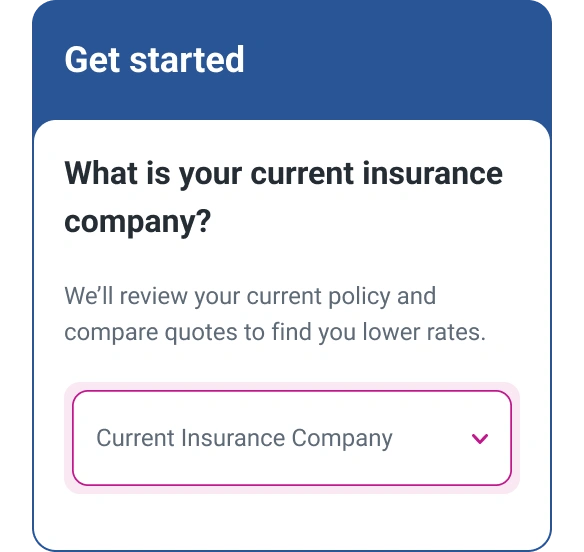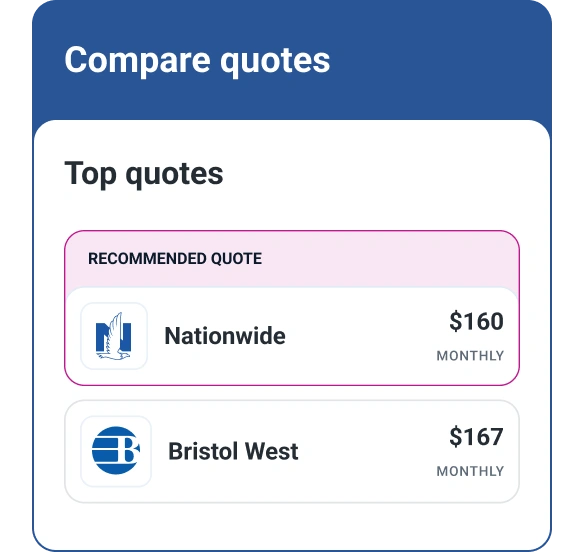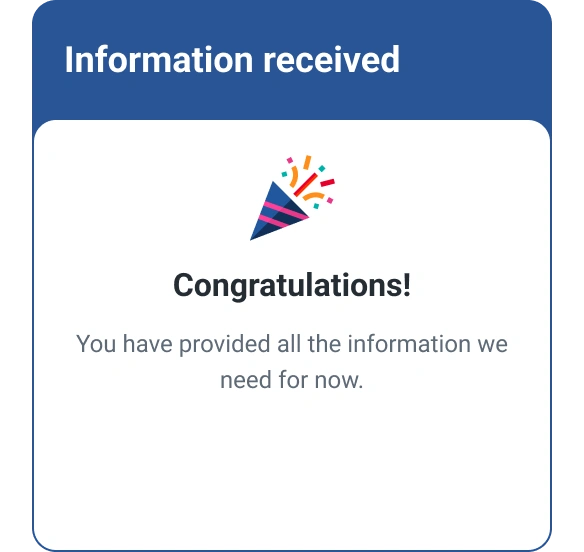Do Permit Drivers Need Insurance?
Quick Answer
Like all drivers, drivers with a learner’s permit are required to carry at least the minimum amount of coverage required by their state.

Getting a learner's permit is an exciting rite of passage for your child that marks the beginning of their driving journey. However, the milestone also comes with responsibility, including getting auto insurance coverage.
In all states, drivers with a learner's permit need at least the minimum amount of car insurance. Before proceeding, it's essential to understand the insurance options for your new driver and how much it will cost you.
What Car Insurance You Need With a Learner's Permit
If you drive a car in the United States, you must carry at least the minimum amount of insurance, and this requirement extends to drivers with a learner's permit. Requirements vary by state, but most require a minimum amount of liability insurance. Some states may have additional requirements. For example, 12 states require drivers to carry personal injury protection coverage.
It's wise to review your state's insurance requirements to make sure your child's coverage complies. While you're at it, consider whether the minimum coverage requirements are sufficient. New Jersey, for instance, requires drivers to carry $5,000 in property damage liability per accident, $10,000 in bodily injury liability per accident and $15,000 in personal injury protection. In this scenario, you might consider purchasing additional liability coverage because the minimum amounts may not adequately cover your assets if someone sues you for injuries resulting from an accident caused by your child.
Insurance Options for Permitted Drivers
Your options for insurance coverage for your newly minted permitted driver is pretty straightforward: You can add your child to your current policy, or purchase a standalone policy.
Add the Child to Your Insurance Policy
Adding your child to your existing car insurance policy is typically more affordable than purchasing a separate one solely for your child. Typically, adding a new driver with a permit to your auto insurance policy usually won't raise your premium.
However, your rates may jump significantly once your child is fully licensed to drive. The Insurance Information Institute (III) reports that your rates could climb 50% to 100% higher when adding a teenage driver to your policy. Analysis of a recent study by The Zebra suggests that the average annual premium among major insurers for families with a licensed teen is $3,675. Among the carriers, GEICO and Progressive offered the lowest average annual premiums for young licensed drivers at $1,974 and $2,462, respectively.
If you choose to add your child to your policy, ask your auto insurer what discounts your teen may qualify for to lower your rates. For example, your teen may be eligible for earning good grades or completing a driving safety course.
Purchase a Separate Policy
Most young drivers with permits are unable to purchase auto insurance because of its high cost. However, purchasing a standalone policy may be necessary in certain situations, including when:
- The parent or guardian doesn't carry insurance
- The driver with a learner's permit is a legal adult
- The permitted driver doesn't share a residence with a parent or guardian and isn't enrolled in school
Your permitted driver can also get their own auto insurance if they already have their own vehicle.
Like all drivers, rates for permitted drivers vary depending on several factors, including their age, location, vehicle type, auto insurer and coverage levels. Generally, rates for teens are more expensive when they have an individual policy separate from their parents' policy. The average annual rates for 17-year-olds are $5,064 for females and $5,750 for males, according to 2023 U.S. News & World Report data. Since you're likely paying for your child's insurance whether they're named on your policy or take out their own policy, the former option may be best.
How to Get Insurance Coverage With a Learner's Permit
Whether your child is included in your current coverage or buys their own car insurance, the processes are fairly straightforward.
How to Add Your Child to Your Auto Insurance Policy
- Contact your insurance company. Let your auto insurer know your child is learning to drive and has a permit. Being proactive and adding your child to your policy now should prevent any coverage lapse between when they get their license and when they're covered under your policy.
- Get an updated quote. Typically, your rate won't change with a permitted driver. However, it will rise when they become licensed. Ask your insurance agent how much your policy will increase once your child is licensed to drive.
- Compare rates. It's usually a good idea to shop rates when your coverage is up for renewal, but now may be an appropriate time. Compare rates to see if other insurers provide more affordable options for newly licensed drivers. Experian can help streamline the process by allowing you to submit your information once to view multiple car insurance offers from over 40 top insurance companies.
- Add your child as a named driver. Request that your agent activate insurance for your child on the day they pass their driving test. Don't forget to check your child's eligibility for discounts to lower your premium.
How to Buy a Separate Car Insurance Policy
- Get a quote from multiple insurers. Contact at least three car insurance providers to find a policy that best suits your needs at an affordable rate.
- Compare similar policy options. For an accurate comparison, make sure you give each provider the same coverage options.
- Review quotes. Getting the lowest rate is important, but also review each quote for differences in coverage amounts, deductibles and other policy features.
- Select the best policy. Choose the auto insurance policy that delivers the best coverage at the most affordable price and make the first payment.
The Bottom Line
As the parent of a driver with a learner's permit, you must make sure they carry at least the minimum amount of auto insurance required by your state. Generally, it won't cost anything to add your permitted child to your policy. However, the cost to insure a teen driver spikes once they earn their driver's license.
Don’t overpay for auto insurance
If you’re looking for ways to cut back on monthly costs, it could be a good idea to see if you can save on your auto insurance.
Find savingsAbout the author
Tim Maxwell is a former television news journalist turned personal finance writer and credit card expert with over two decades of media experience. His work has been published in Bankrate, Fox Business, Washington Post, USA Today, The Balance, MarketWatch and others. He is also the founder of the personal finance website Incomist.
Read more from Tim

